- 1. A History of Homesteading
- 2. What You Need to Know to Get Started
- 3. Start Small and Set Your Goals
- 4. Research Where You Want to Live
- 5. Alternative Energy and Water Use
- 6. Learn to Preserve Food
- 7. Animal husbandry
- 8. Carpentry
- 9. How to Learn Homesteading Skills
- 10. How to Produce Your Own Food
- 11. Legal Issues to Homesteading
- 12. Positive Regulations
- 13. Negative Regulations
- 14. Be at Home with Homesteading
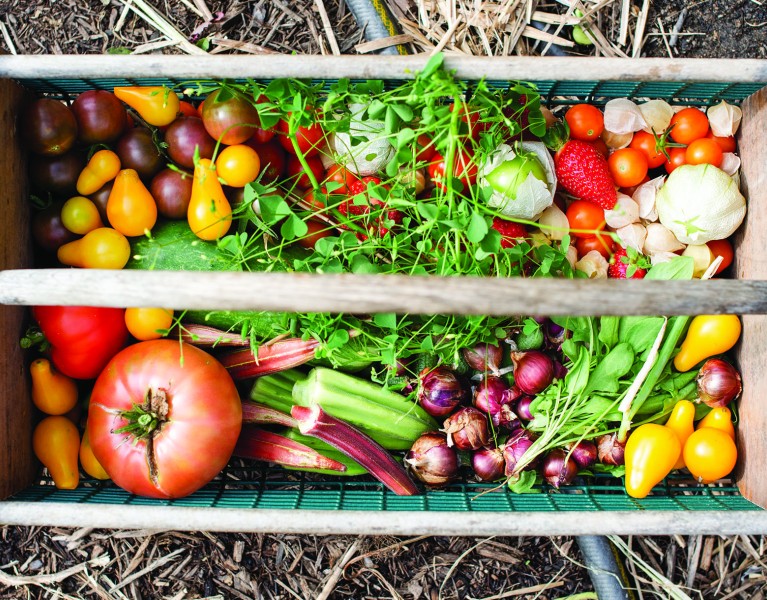
Living off Grid - What is Homesteading?
Table of Contents [Show]
Homesteading, by broad definition, is a lifestyle of self-sufficiency. You are not reliant upon everyday services provided by modern society. This type of lifestyle consists of practicing and honing the skills of growing food, animal husbandry, carpentry, craft work, and anything else needed for your survival. Homesteading works best with your own land, but you can easily begin learning these skills wherever you are! Let’s take a look at some key features in homesteading, what it takes to live off-grid and how you can start learning today.
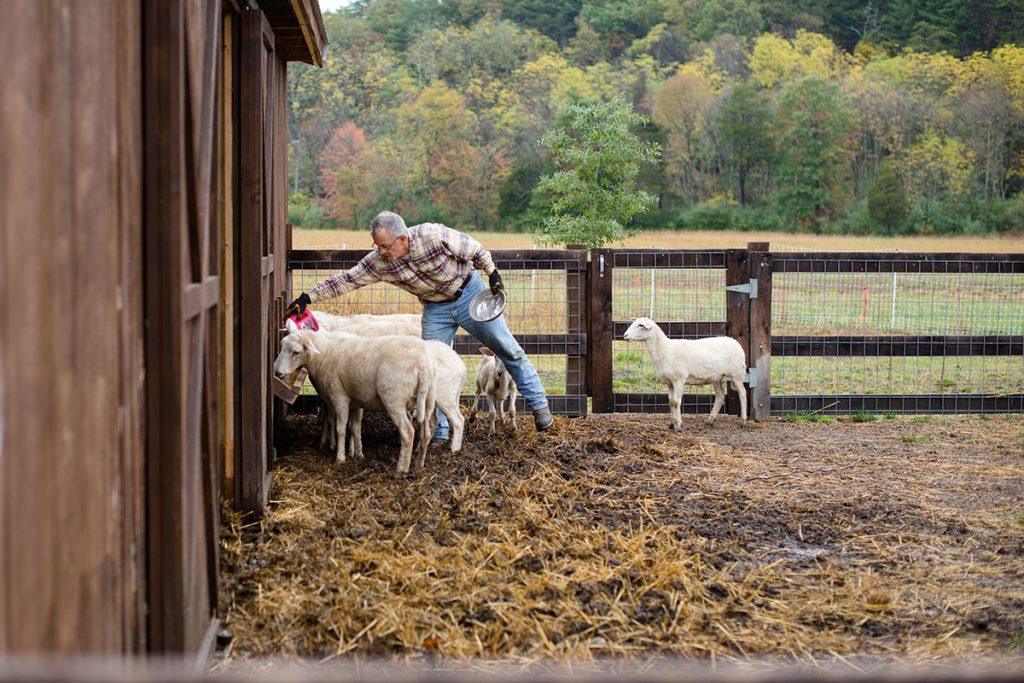
A History of Homesteading
A homesteading lifestyle has been around for a long time, but the term became widely used when the Homestead Act of 1862 was issued in the United States. This act was issued to help further accelerate the economic growth in the West by offering public land to any U.S. citizen who was willing to settle and farm there for at least five years. These citizens were granted full ownership of 160 acres of land as long as they had agreed to the terms of caring for the land and they had not taken up arms against the government during the Civil War.
Throughout the 20th century, the term and way of life became less popular with the increase of industrialization, when many rural-based communities flocked to densely populated urban areas that we now call cities. Today, though, homesteading has reinvented itself, as people are looking for alternative ways of living due to climate change and otherworldly events.
What You Need to Know to Get Started
Homesteading is a “simple-living” lifestyle that actually requires hard work and determination. There are many skills that you need to acquire to become as self-sufficient as possible. To begin homesteading, you don't need to relocate to a farm or large plot of land. Anything you can do to increase your self-sufficiency, lower your costs, and live closer to nature will help you get started on the right track.
Start Small and Set Your Goals
Start by thinking big and acting small. For example:
- If you’ve never grown food before, start by growing a few herbs inside your house before building a full garden.
- If you want to take care of animals, start with a couple of chickens before thinking about goats and cows. Just be sure that your local laws allow you to have chickens in your yard.
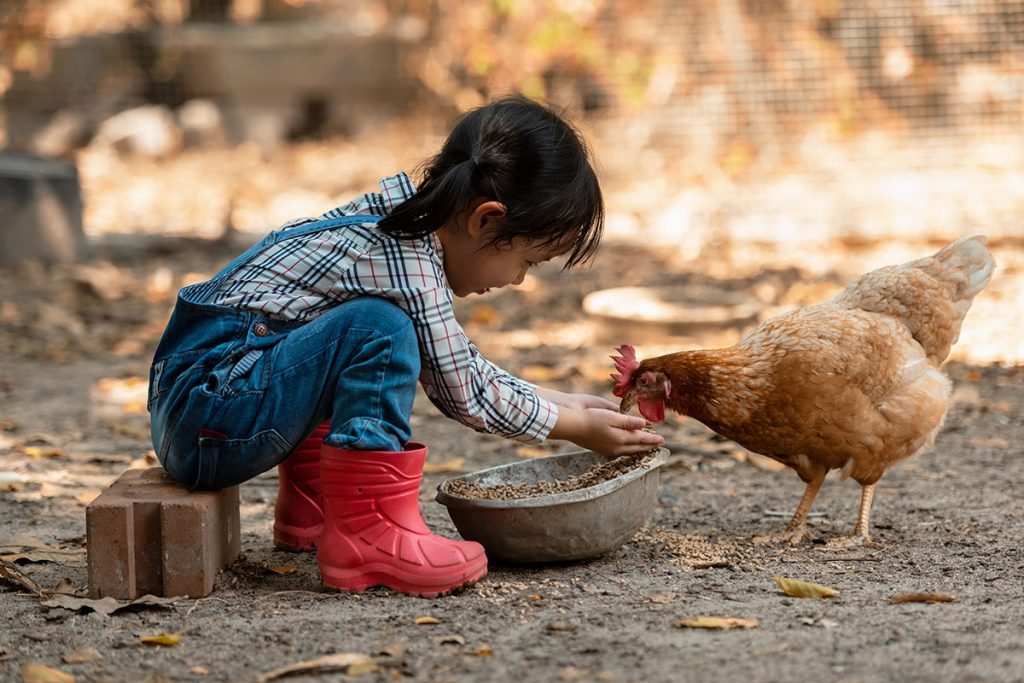
Research Where You Want to Live
When you are ready to truly immerse yourself in the homesteading lifestyle, you will need land to grow food, tend to animals and have privacy. There’s a lot that goes into knowing where you want to live, especially if you want to live off-grid. As you research places, make sure to look up local laws regarding building codes, property rights, the closest water source, natural resources to utilize, local communities, and anything else that interests your lifestyle as a homesteader.
Alternative Energy and Water Use
If you decide to go off-grid with your homestead, you’ll need to get creative and use alternative energy sources such as solar panels and wind turbines. You’ll also need to know how to transport water, if there’s a water source nearby, or how to utilize and collect rainwater. Other alternative sources of energy include biomass and biogas – you could use compost to charge a battery, possibly warm your home and even cook food.
Learn to Preserve Food
Once you’ve learned to grow your own food, the next best thing is learning how to preserve it. This is so you’ll have a food source during those cold months when growing food isn’t so easy. Canning, dehydrating, pickling, and fermenting are different ways you can learn to preserve food. One of the best possible ways to store these foods is by building a root cellar that uses natural cooling, insulating, and humidifying properties of the earth to keep food fresh.
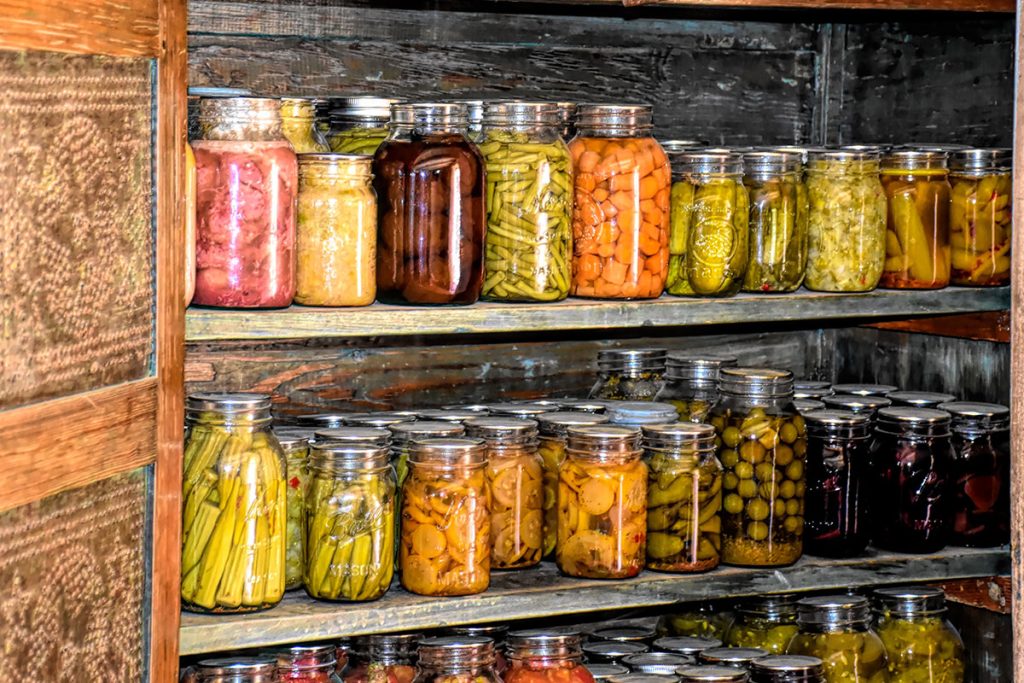
Animal husbandry
Starting a homestead usually requires knowing how to take care of animals that will care and produce food for you.
- Chickens can offer you eggs and meat.
- Goats and cows can offer you milk which can be made into cheese and butter.
- Sheep offer you milk and wool to create clothing.
- Dogs can protect all the other animals.
Carpentry
Carpentry is a fantastic skill to learn as a homesteader. Start off with small projects such as building garden beds, a garden fence, and a chicken coop. This skill will allow you to build anything you can think of, from a workbench to a coffee table and even your own house.
Other great skills that will help you on your journey as a homesteader include; foraging, hunting, fishing, candle making, soap making, sewing, herbalism, permaculture, beekeeping, cooking, and baking bread.
How to Learn Homesteading Skills
Homesteading is not for the faint of heart. It’s a tough adventure that comes with many rewards. As stated before, set your goals and start small. Learn one new skill every few months by reading books, watching videos, or learning from other homesteaders. After you feel confident that this is something you want to pursue, look for real-life experiences where you can put these skills to use.
One of the best possible ways to learn some of these skills is by getting in touch with other homesteaders who’ve been living this lifestyle for years. If you don’t know anybody who lives this way, you could visit websites such as WWOOF or workaway.info. These work trade websites allow you to find communities that are focused on many of the skills needed to start a homestead. This is a great way to learn while participating.
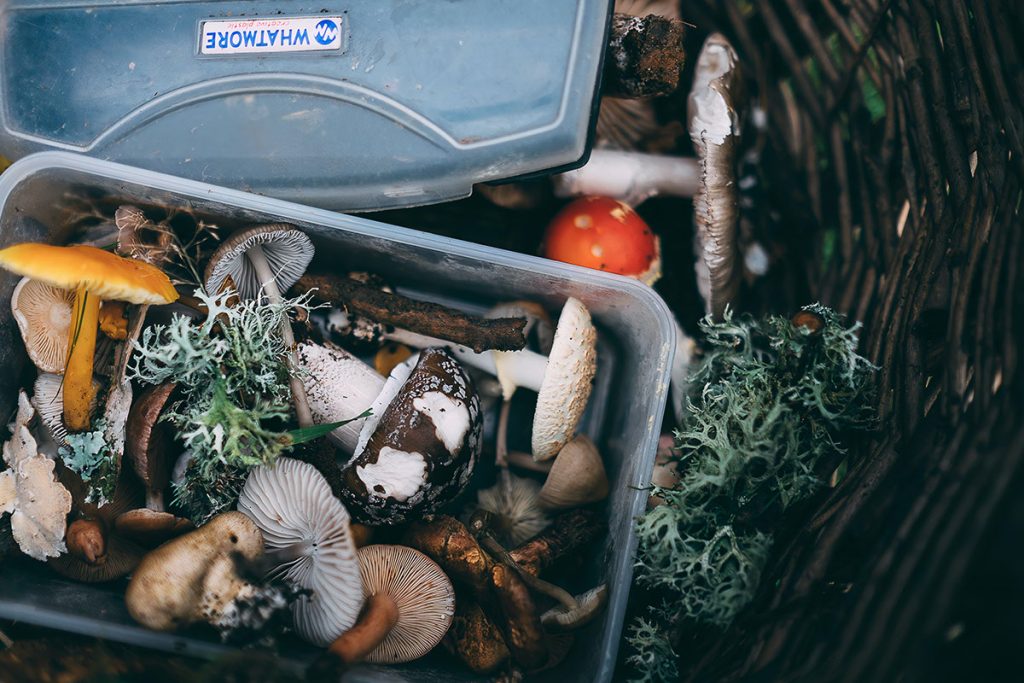
How to Produce Your Own Food
One of the best ways to get started with homesteading is by growing your own food. If this is new to you, then start off small. Begin by growing indoor herbs such as mint, rosemary, thyme, or anything else that you would enjoy. Learn the basics of how to take care of these plants such as; how much water, sunlight, and soil they need. Each plant is unique and requires different caring practices.
Growing food comes with many challenges, especially for beginners. After you’ve found the confidence to take care of smaller plants, then move on to growing food such as tomatoes, peppers, onions, garlic, cucumbers, and so on. This is where you can build a few garden beds, begin to make your own compost, and get a basic understanding of what it takes to produce your own food.
Once you have a basic understanding of certain garden principles then you can begin to learn other techniques:
- Permaculture is popular among homesteaders and involves a land management system that’s designed to allow plants to coexist and flourish in a symbiotic way.
- Hydroponics is a way to grow plants without soil, by using water-based mineral nutrient solutions in aqueous solvents.
- Aquaponics uses the same principles as hydroponics but with the addition of raising aquatic animals such as fish, crayfish, prawns, or snails.
- Building a greenhouse allows you to have a controlled environment, more protection for your plants, and limitless season gardening.
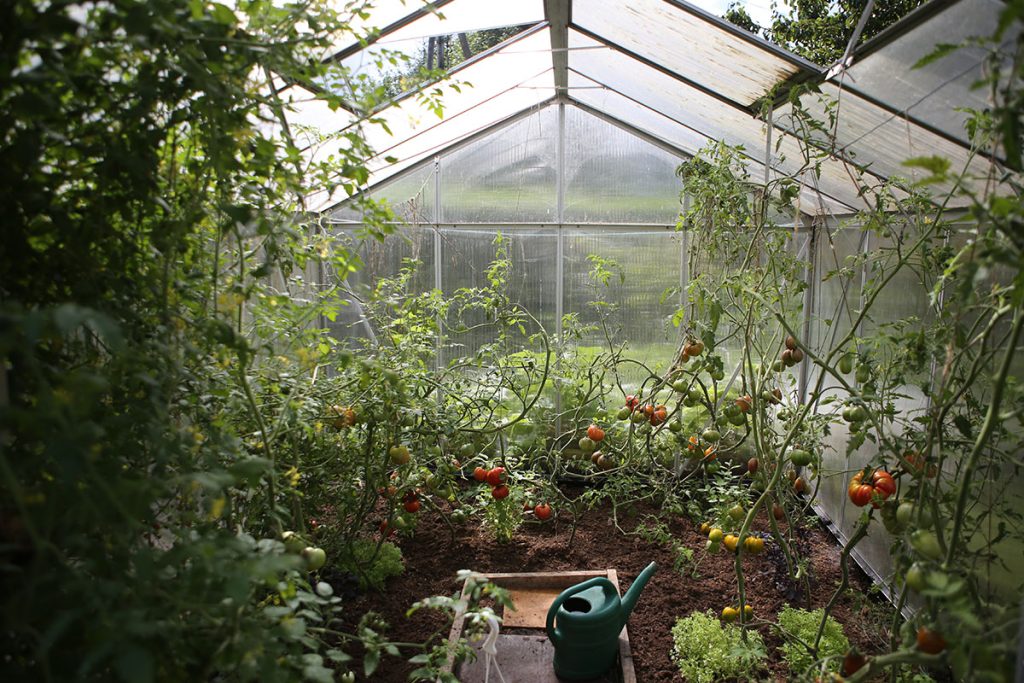
Legal Issues to Homesteading
No matter how self-sufficient you choose to be, depending on where your homestead is located, you will still be subjected to local laws and regulations. Some of these laws might hinder your abilities to successfully homestead and some may help. Here are a few things to think about:
Positive Regulations
- Renewable Energy Rebates
Living off-grid to save money is actually expensive to set up. The Federal Solar Tax Credit will allow you to deduct some of the cost of your solar panels from your taxes. Also, depending on the state you live in, you may receive additional tax incentives for going solar.
- Net Metering Policies
Net metering allows you to sell excess generated power back to the electric company. Some states offer incentives for solar and will even buy back the electricity at a higher cost than retail.
Negative Regulations
- Going Off-Grid
Unfortunately going completely off-grid is actually illegal in many areas of the country. These laws fall under local, not state, jurisdictions, so research your potential homestead location very carefully.
- Rainwater Collection
Collecting rainwater for outdoor irrigation is widely encouraged in most areas. But if you are looking to harvest rainwater for indoor use, as well, you may be facing issues. You could be up against strict plumbing codes that are expensive to implement. Other regulations may be put in place to keep people safe from drinking dirty or contaminated water. Always check local laws to understand policies regarding rainwater collection.
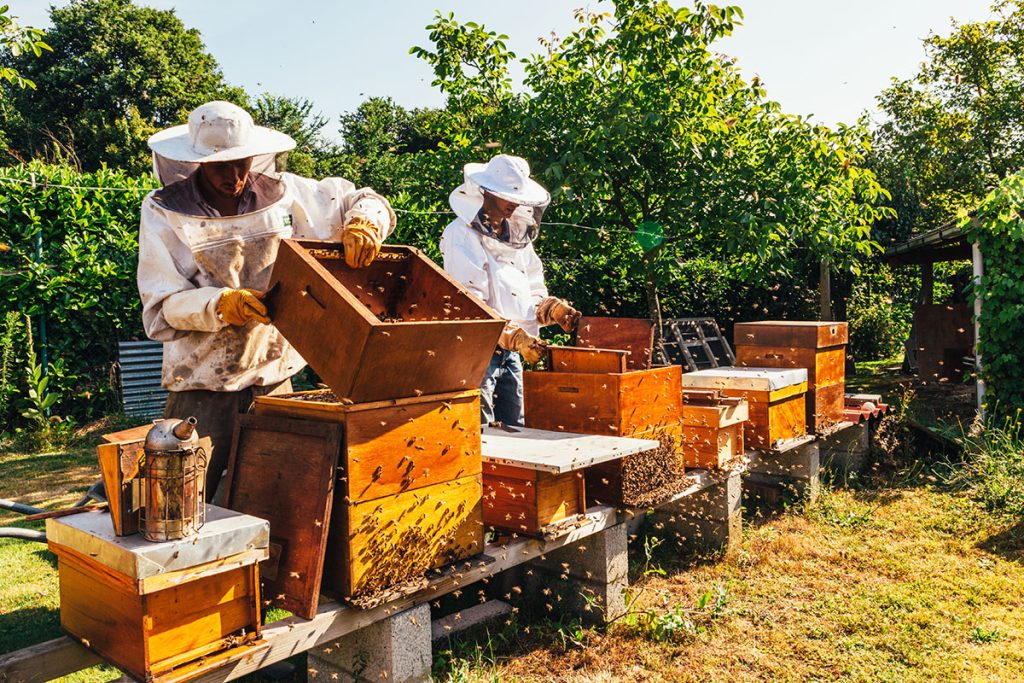
Be at Home with Homesteading
Getting back to a “simpler” way of life is no easy feat. The homesteading lifestyle requires a tremendous amount of hard work and dedication. But with all this hard work comes many benefits – a connection with nature, new skills, your own food and water supply, and an immense sense of independence and self-reliance. Set your goals, check your local regulations, and get ready for your new way of life!
Featured image: Zoe Schaeffer.


